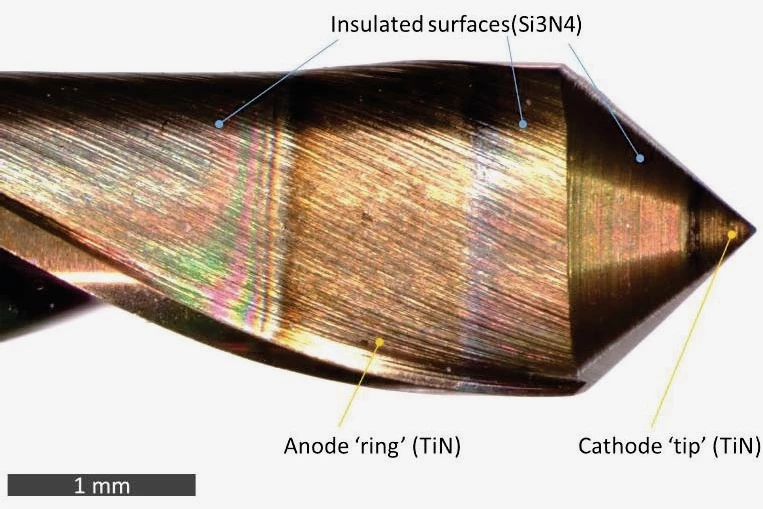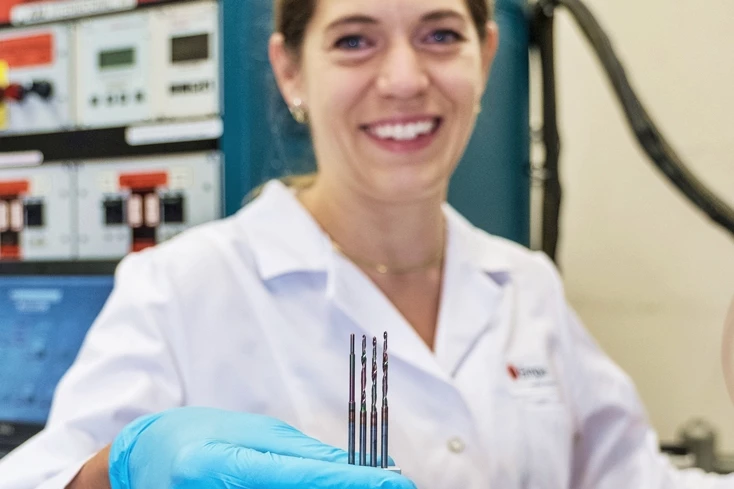The installation of a cochlear implant is a tricky procedure, in which certain nerves may be damaged if the surgeon isn't sufficiently careful. A new "smart" surgical drill is designed to help, by automatically shutting off if it gets too close to those nerves.
The device is designed for use with an existing image-guided, robotic-assisted system, in which the implant is inserted into the inner ear through a narrow channel that's drilled in the skull. That channel has to be very precisely located, as it must pass through a 3-mm gap between major facial and taste bud nerves, without damaging either.
Currently, once the channel has been drilled just a few millimeters into the skull, the drill bit is extracted and an electrified probe is inserted. As long as that probe isn't close enough to the facial nerve to stimulate it – as would be evidenced by facial twitching – then drilling can continue.
Although using the probe is an important step in the procedure, it's one more task that makes the surgery longer and more labor-intensive than it would be otherwise. That's where the smart drill comes in.

Designed by scientists at Switzerland's Empa research institute, it features a titanium-nitride/silicon-nitride-coated bit that simultaneously bores into the skull and delivers a mild electrical current. If electrodes on the patient's face detect stimulation of the facial nerve, then the drill automatically stops … but otherwise, it doesn't have to.
"Our drill combines the drill and the probe, so no interruption of the drilling process is needed and a continuous monitoring during the drilling process is possible," Empa's Dr. Kerstin Thorwarth told us.
It is hoped that the technology could ultimately be utilized not only in cochlear implant surgery, but also in any procedure taking place near a nerve, such as in the spine. Empa is now seeking industrial partners to help commercialize the smart drill.
Source: Empa





